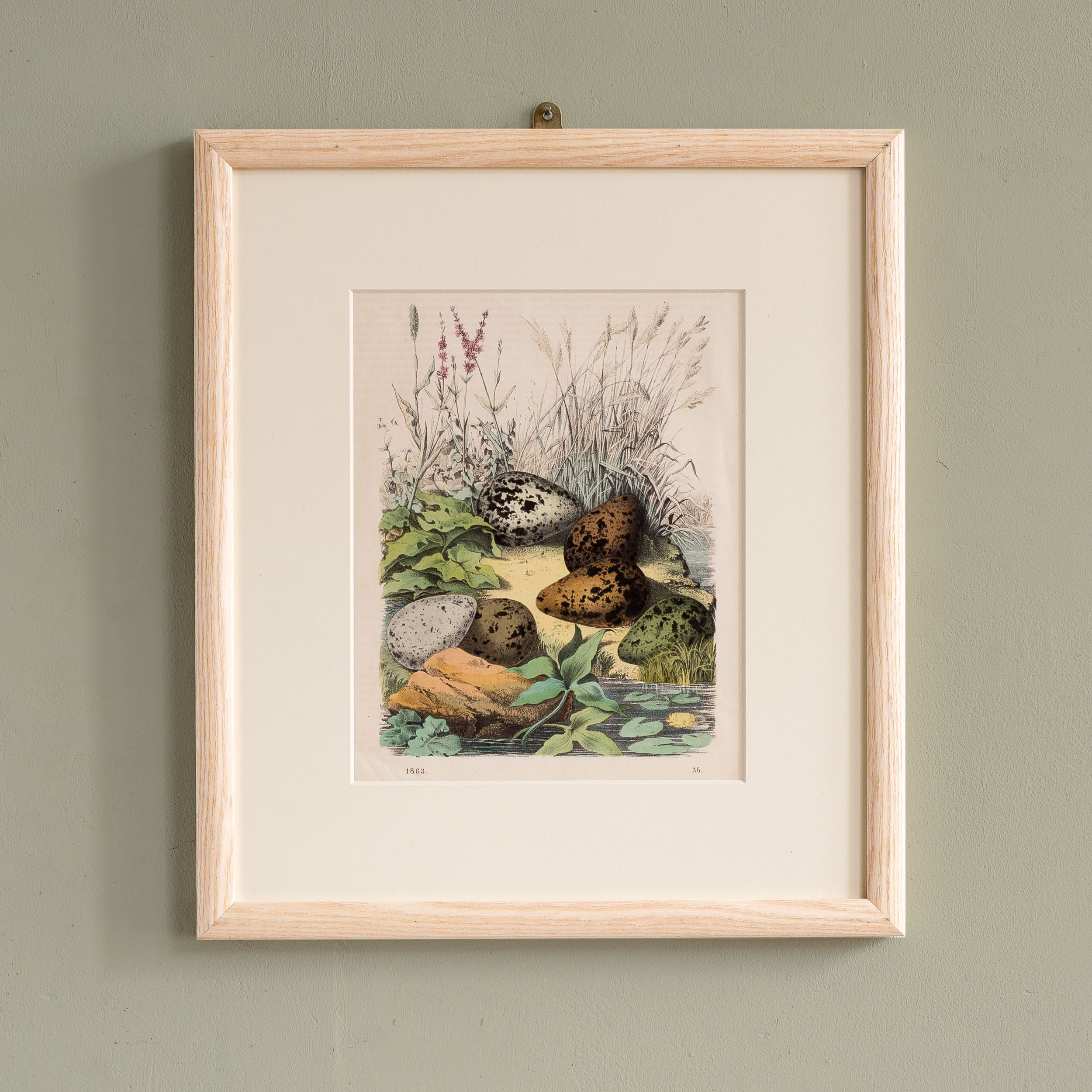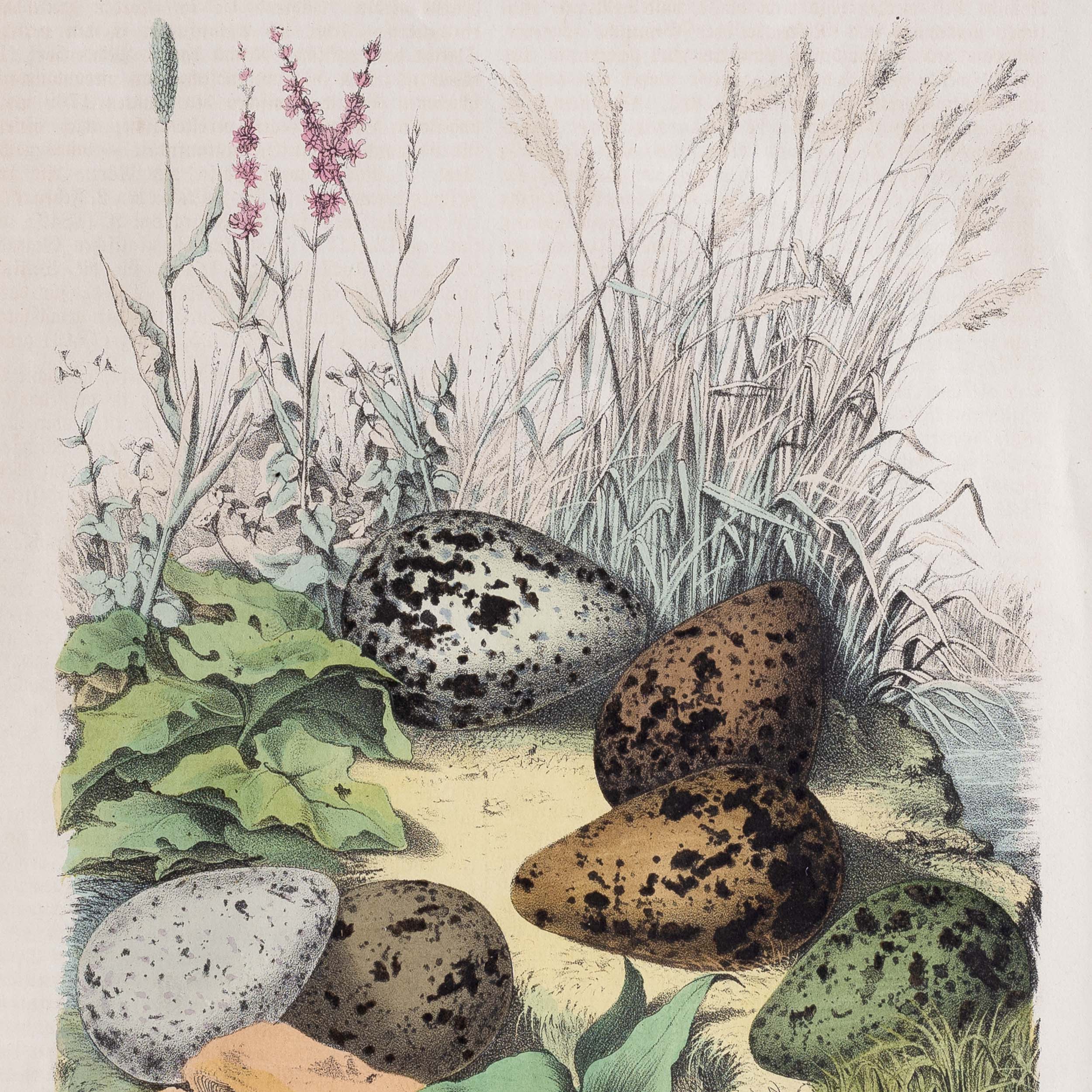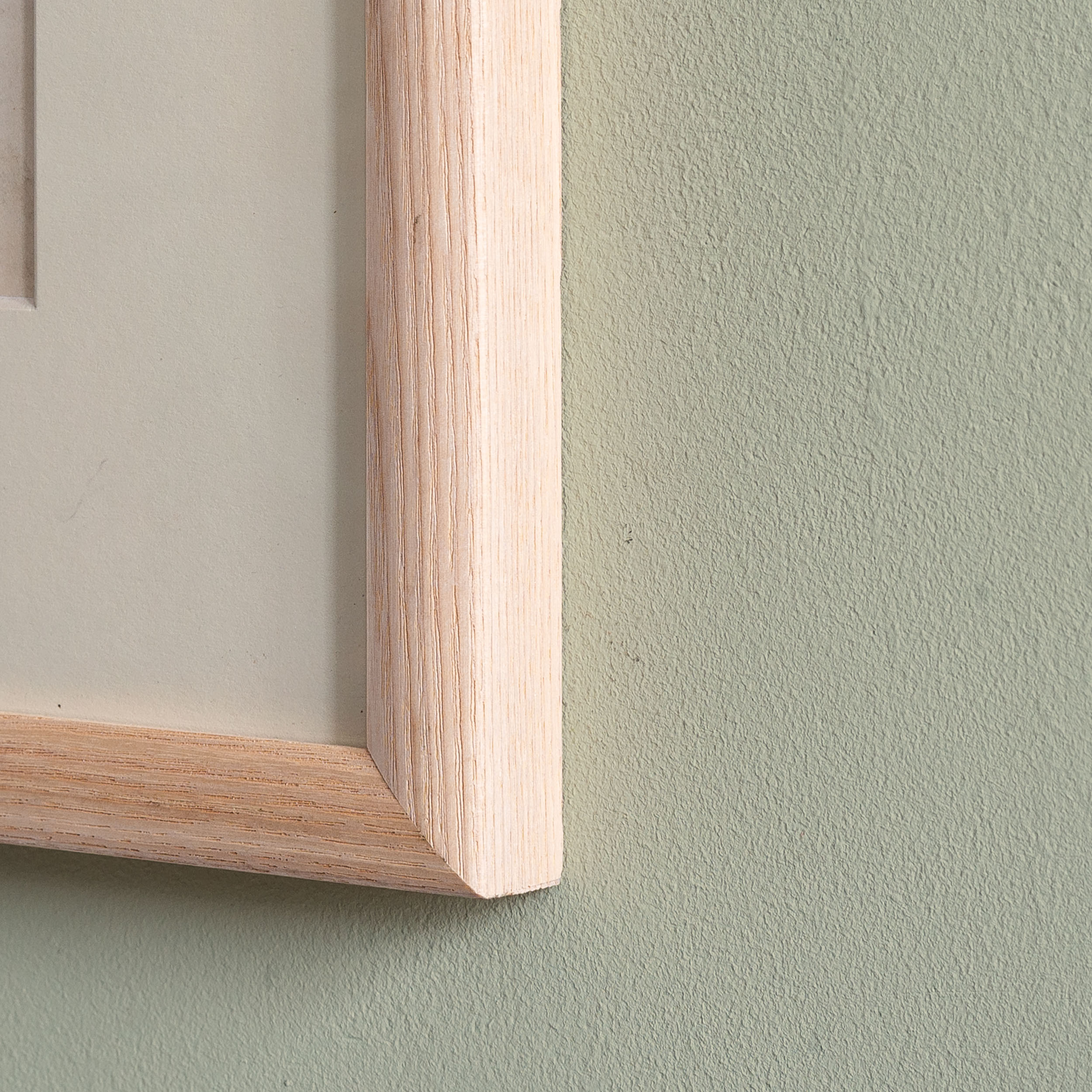Nineteenth century, Bird-Egg lithographs,
Original hand-colour.
Carl Hoffmann (fl. ca. 1833-42) was a printer and publisher in Stuttgart
£140
In stock
Published by Stuttgart, Carl Hoffmann in 1863, these original lithographs feature hand-colour. Presented in cream mounts with natural ash frames.



